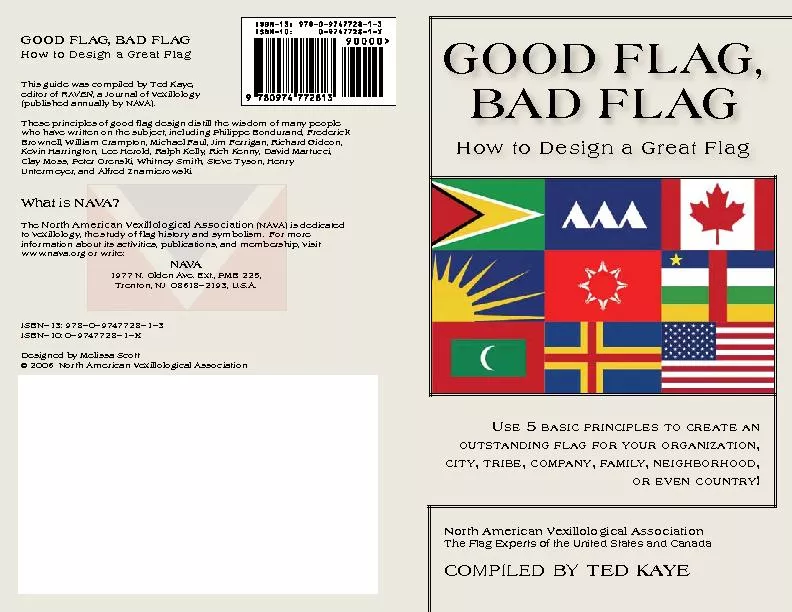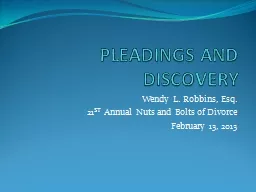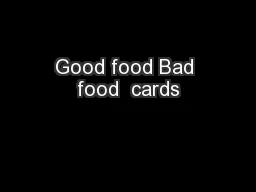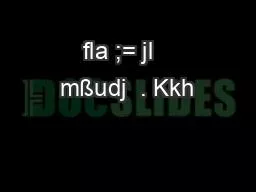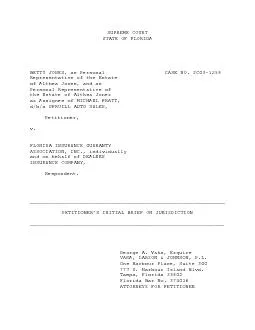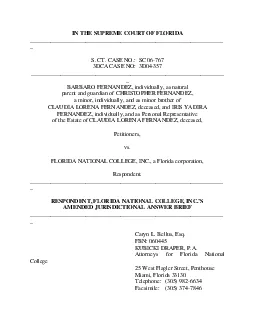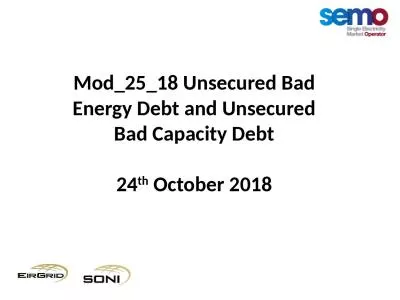PDF-GOOD FLA, BAD FLA
Author : giovanna-bartolotta | Published Date : 2016-04-15
How to esign a Great Flag This guide was compiled by Ted Kaye editor of RAVEN a Journal of Vexillology published annually by N These principles of good flag design
Presentation Embed Code
Download Presentation
Download Presentation The PPT/PDF document "GOOD FLA, BAD FLA" is the property of its rightful owner. Permission is granted to download and print the materials on this website for personal, non-commercial use only, and to display it on your personal computer provided you do not modify the materials and that you retain all copyright notices contained in the materials. By downloading content from our website, you accept the terms of this agreement.
GOOD FLA, BAD FLA: Transcript
Download Rules Of Document
"GOOD FLA, BAD FLA"The content belongs to its owner. You may download and print it for personal use, without modification, and keep all copyright notices. By downloading, you agree to these terms.
Related Documents

